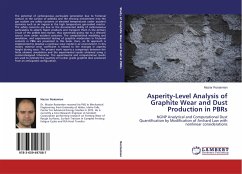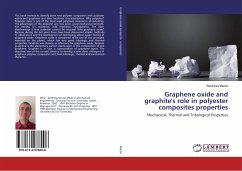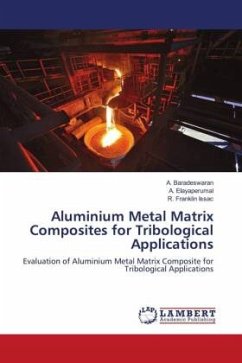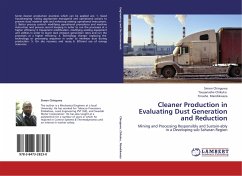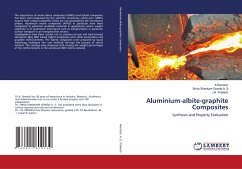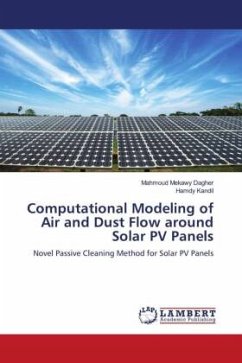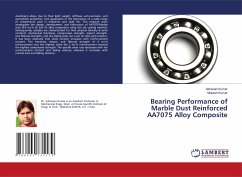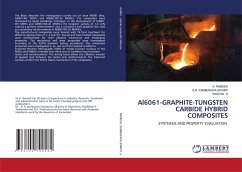The potential of carbonaceous particulate generation due to frictional contact at the surface of pebbles and the ensuing entrainment into the gas coolant are safety concerns at elevated temperatures under accident scenarios such as air ingress in the high temperature gas-cooled reactor. The safety concerns are due to the documented ability of carbonaceous particulates to adsorb fission products and transport them in the primary circuit of the pebble bed reactor, thus potentially giving rise to a relevant source term under accident scenarios. The computational modeling and simulation, and experimental testing of graphite moderators in frictional contacts in PBRs are presented in this book. Here, an FE approach is implemented to develop a nonlinear wear model in air environment. In this model, material wear coefficient is related to the changes in asperity height during wear. The present work reports a comparison between the finite element simulations and the experimental results obtained using a custom-designed tribometer. The experimental and computational results are used to estimate the quantity of nuclear grade graphite dust produced from an anticipated configuration.
Bitte wählen Sie Ihr Anliegen aus.
Rechnungen
Retourenschein anfordern
Bestellstatus
Storno

